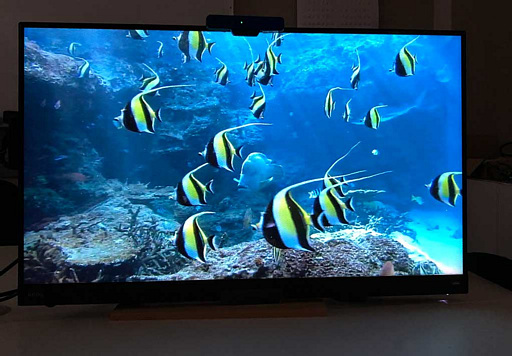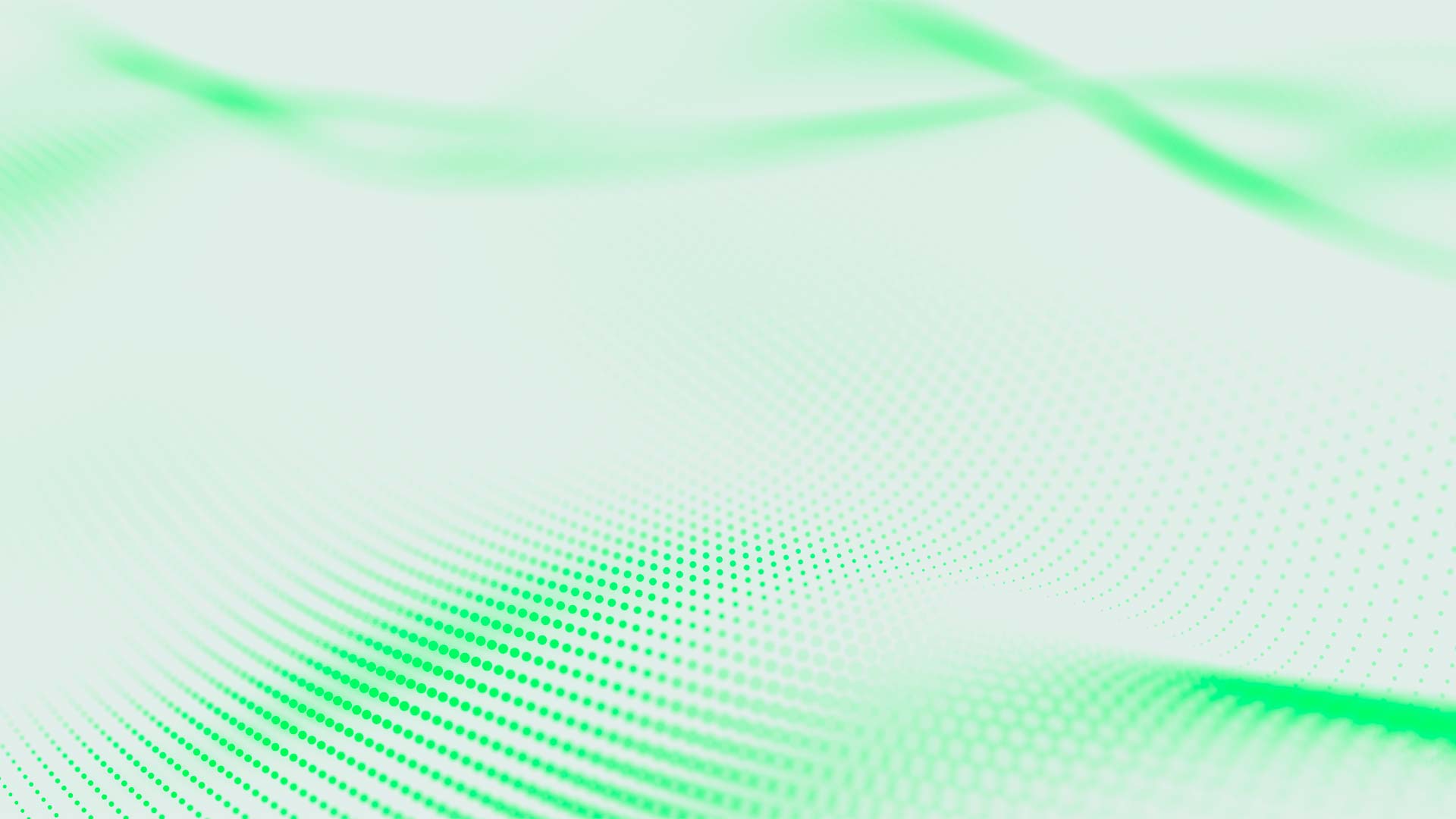
Tech
Overview of Our Technology
We have developed a large screen autostereoscopic 3D display with high image quality and a wide viewing range, with the following features, aiming to achieve the performance required for an autostereoscopic 3D display to be truly accepted in the market.
- Wide stereoscopic viewing range
- Large screen and high resolution
- Easy-to-see, fatigue-free 3D images
To demonstrate the superiority of this technology, two types of 3D displays, 12.9-inch and 32-inch, have been prototyped and demonstrated to several doctors and others, and have received very high evaluations.


Background – Current State of 3D Displays
Eyeglass-type displays are inexpensive and offer high resolution, but they have the problem of being cumbersome to wear glasses. Also, autostereoscopic 3D displays have the problem of poor image quality due to the extended range of stereoscopic images that can be seen.
As a result, the spectacle type is generally prevailing at present.
| 3D Glasses | Conventional Autostreoscopic 3D |
HMD Head Mounted Display |
|
|---|---|---|---|
| Hassle of wearing glasses | – | ++ | – |
| Color reproduction | – | ++ | ++ |
| Screen brightness | 0 | ++ | ++ |
| Visibility of the surrounding environment | 0 | ++ | – |
| 3D/2D resolution | ++ | – | + |
| Viewing region | + | – | ++ |
| Degree of flexibility in design (large screen size, optimum observation distance) | 0 | + | |
| Vertical and horizontal display (screen orientation) | – | + |
Problem to be solved
Robotic and 3D endoscopic surgeries are rapidly increasing in number in recent years due to their low burden on patients. Since physicians perform surgery and surgical assistance while viewing 3D endoscopic images, ophthalmic 3D displays are indispensable.
However, there are problems such as cumbersome 3D glasses, a narrow field of view, and poor color reproducibility due to the darkness of the observed image, and the use of naked-eye 3D displays is desired. Here are the performance requirements for 3D displays used in endoscopic surgery.
Therefore, our objective was to contribute to society by developing a high quality, wide viewing range, naked-eye 3D display that satisfies these performance requirements, and by promoting safer endoscopic surgery.
Technological Advantages
Conventional autostereoscopic 3D displays have two major problems.
- Inability to combine high image quality with a wide viewing range
- Less design flexibility
Our new technology has the following features and overcomes the problems of the past, with 4 registered patents and 8 patent applications.
- High resolution
- Wide spectral range
- High degree of design flexibility
- Adoptable for mobile terminals
| Our Autostereoscopic 3D | 3D Glasses | Conventional Autostereoscopic 3D |
HMD Head Mounted Display |
|
|---|---|---|---|---|
| Hassle of wearing glasses | ◎ | × | ◎ | × |
| Color reproduction | ◎ | × | ◎ | ◎ |
| Screen brightness | 〇 | △ | ◎ | ◎ |
| Visibility of the surrounding environment | ◎ | △ | ◎ | × |
| 3D/2D resolution | ◎ | ◎ | × | 〇 |
| Viewing range | 〇 | 〇 | × | ◎ |
| Degree of flexibility in design (large screen size, optimum observation distance) | ◎ | △ | 〇 | ― |
| Vertical and horizontal display (screen orientation) | ◎ | × | 〇 | ― |
The table above shows a comparison of various 3D displays.
Conventional autostereoscopic 3D displays degrade image quality in both 3D and 2D, but our method combines a wide viewing range with high image quality and can display 2D images with high image quality.
As you can see from the table, our method is the best.
Target Markets
Medical Field
- Supporting robotic and stereoscopic endoscopic surgeries
- Diagnostic systems in the medical field
- 3D content for education and conferences in the medical field
Educational Field
- 3D Digital Textbooks
Design Field
- Design Field
- 3D signage and other advertising fields
Amusement field, etc.
- Metaverse and amusement
- Displays for VR/AR
- Remote control of robots and machines

Inquiry
Please click to contact us.